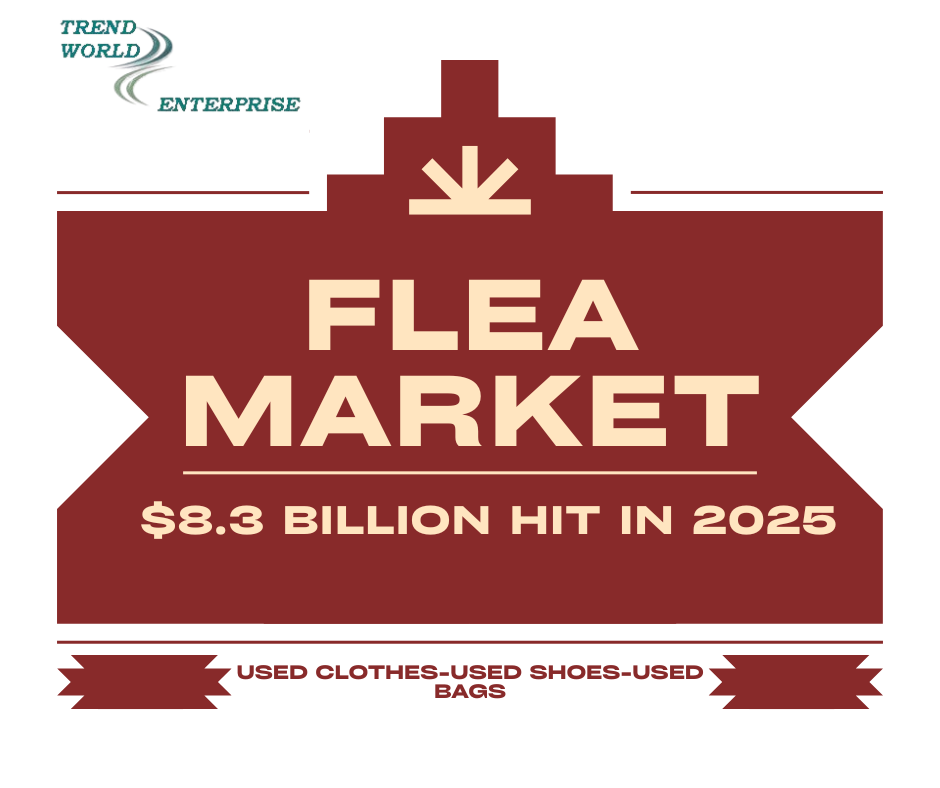The forecast that second-hand shopping could hit $8.3 billion in 2025 is very potential, mainly considering the current momentum in resale and Flea markets. This trend is being fulled via a aggregate of monetary strain, sustainability values, digital innovation, and transferring purchaser possibilities.
Right here’s a breakdown of the reasoning and implications for established outlets:
Why It’s likely to Hit $8.3 Billion.
Consumer conduct Shifts
More youthful generations, in particular Gen Z and Millennials, are riding the second-hand market. They prioritize fee, strong point, and eco-conscious purchasing.
Inflation & economic pressure
rising costs of new items have made used gadgets a sensible opportunity for lots families.
Platform growth
corporations like ThredUp, Poshmark, Depop, and even eBay and facebook marketplace hold to streamline the resale revel in with higher logistics, apps, and agree with-building functions.
Outlets entering the sport.
Big names like Zara, H&M, Patagonia, and Levi’s are integrating resale structures or take-returned packages, legitimizing 2nd-hand buying and making it mainstream.
Worldwide influence
growth isn’t restricted to the U.S. and Europe—resale is booming in African, Asian, and South American markets, specially where affordability is vital.
What It way for mounted outlets.
Threats:
Decreased New Product income: clients can also opt for pre-owned items over new, impacting quantity-primarily based revenue.
Logo Cannibalization: If now not handled neatly, official resale applications ought to undercut full-charge product income.
Possibilities:
Resale-as-a-carrier (RaaS): stores can offer authenticated second-hand items thru their own channels (e.g., Levi’s SecondHand, IKEA purchase-again).
Band Loyalty & Retention: trade-in and resale packages can preserve customers longer within the logo surroundings.
New customer Segments: Resale we could manufacturers reach price-touchy or eco-conscious clients who wouldn’t otherwise purchase new.
Strategic moves for retailers:
Launch internal resale applications or partner with systems like ThredUp.
Emphasize sustainability in branding to align with resale’s values.
Reinvest in first-rate: long lasting items imply higher resale fee and longer patron relationships.
Use facts from resale to recognize trends, pinnacle-performing SKUs, and new demand patterns.
Backside Line.
The $8.3 billion target isn’t simply sensible—it’s in all likelihood conservative if macroeconomic demanding situations persist and sustainable style profits extra traction. For hooked up retailers, this isn’t just a disruption—it’s an invitation to conform.
